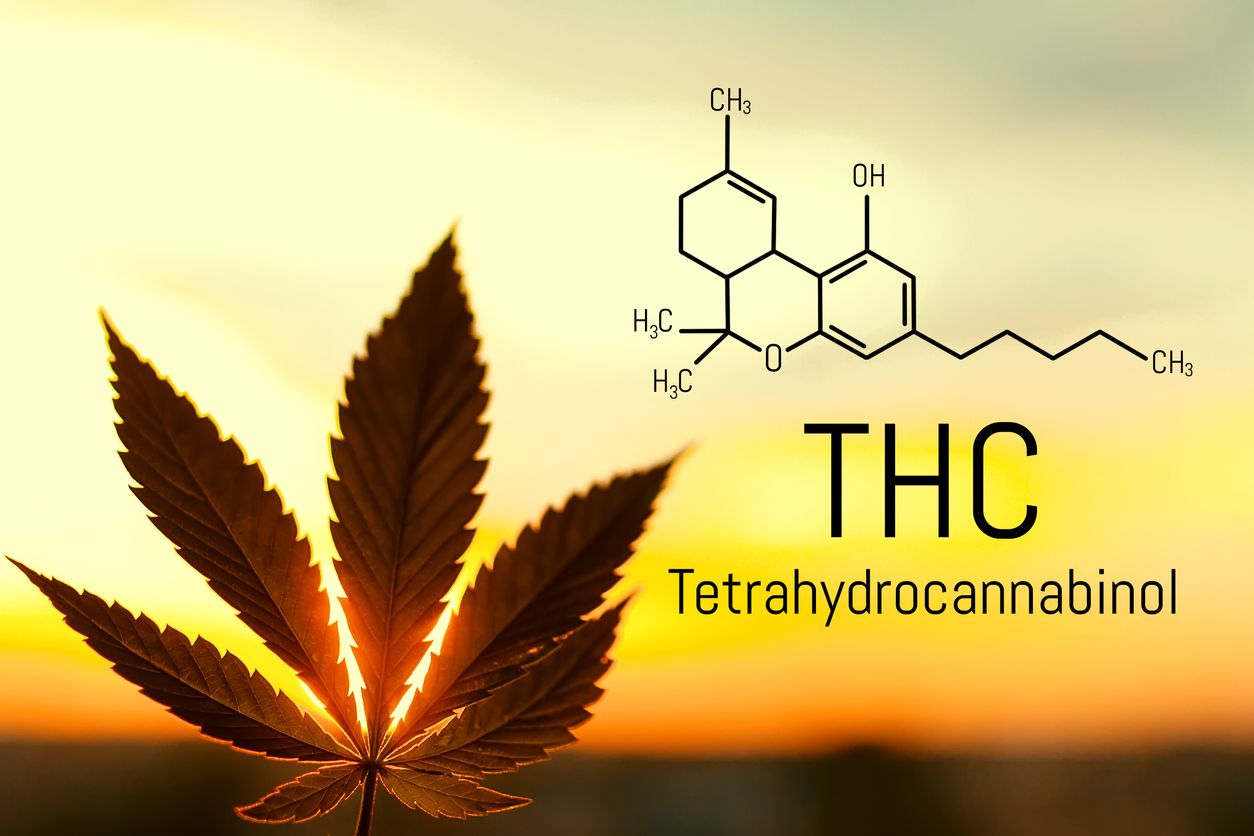A comprehensive guide to THC oil
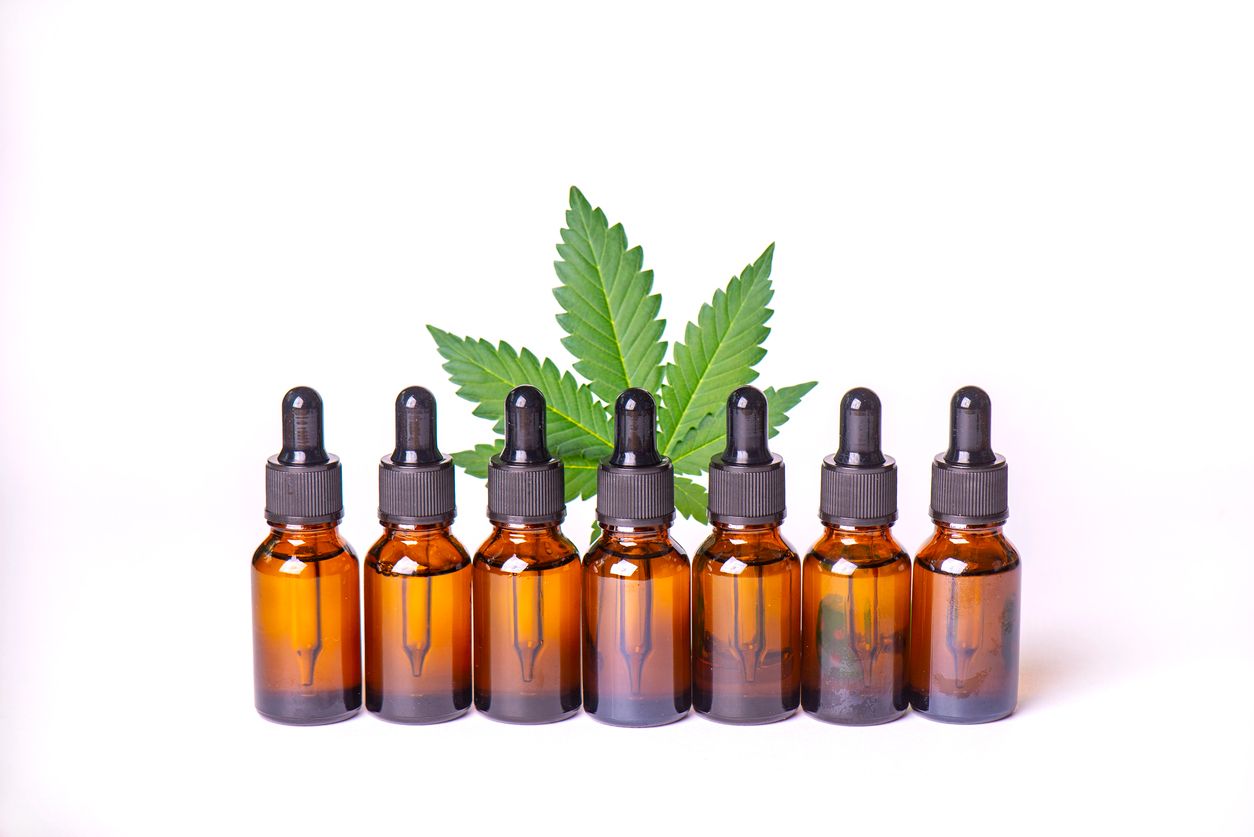
What is THC oil?
Seemingly a question asked more and more today since the legalization of cannabis in Canada. THC is one of the primary agents in the cannabis plant and is responsible for the psychoactive effects that can be experienced after consumption. The compound THC is good at mimicking a natural chemical in the brain, Anandamide.
THC oil is a concentrated extract, produced from the buds and leaves of the marijuana plant. THC extracted from a marijuana strain high in THC, like Bruce Banner, for example, provides a potent THC oil product. Here you will learn everything that there is to know about the benefits, uses, treatments, and a few handy recipes.
Benefits of THC oil
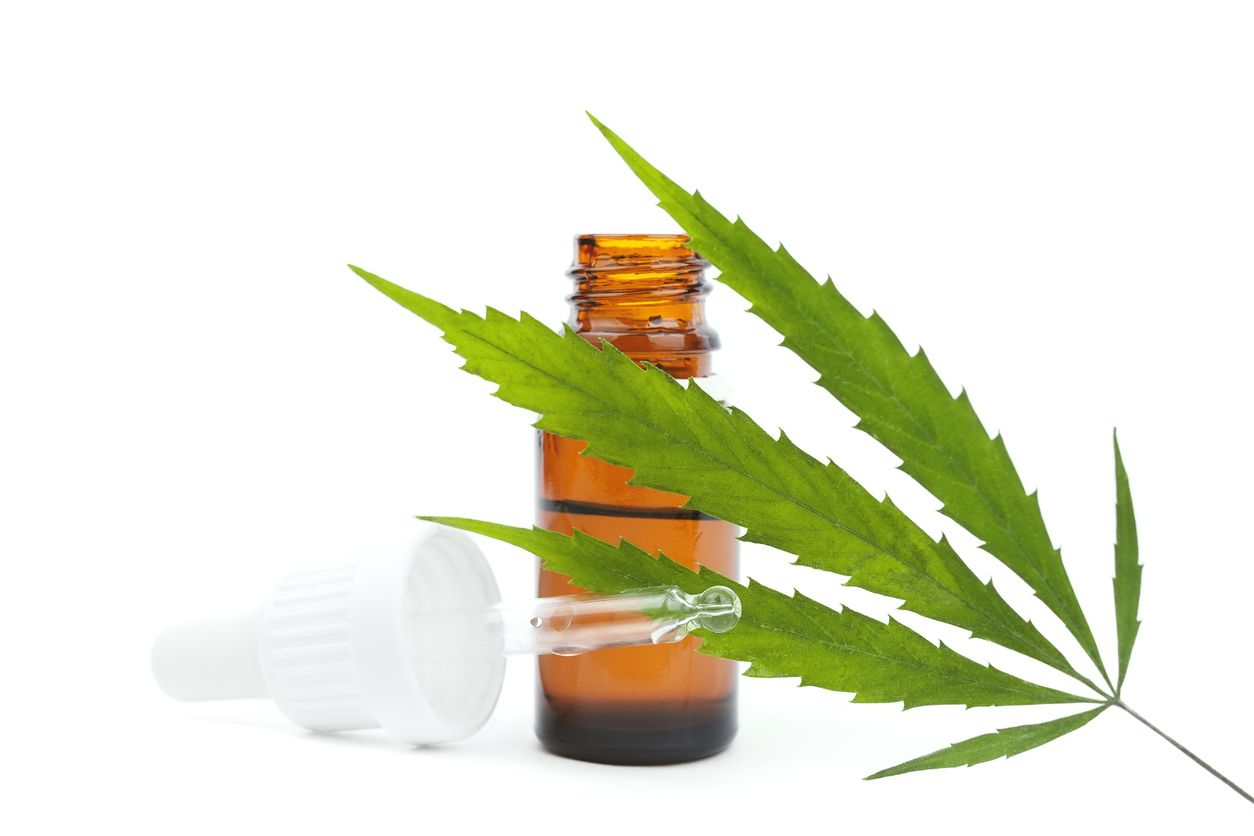
THC chemically appears to be similar to our bodies' endocannabinoids. The similarity facilitates the interaction with our bodies' cannabinoid receptors and THC.
When this interaction occurs, it affects the neurotransmitters in the brain. These chemicals are responsible in part, for relaying information between the cells. The cells have essential roles in how we perceive pain, handle stress, sleeping disorders, and immune functions. Amazingly THC is known to stimulate brain cells along with growing new ones.
Although the two currently most noted chemicals of the cannabis plant THC and CBD, have similar chemical structures, they are worlds apart when looking at psychoactive effects. CBD is a non-psychoactive compound. It will not produce that high feeling that accompanies the use of THC. When THC is attached to CB1 receptors in the brain, a sense of euphoria is part of the experience that is felt.
Currently, THC is known as being the compound in marijuana that provides the high. It is often used for recreational experiences. As more studies are being funded in seeking out the effects that THC produces, it is noted that perhaps the pendulum on the benefits of THC is changing.
Studies are indicating that THC may indeed be more critical in therapeutic benefits that its partner CBD is.
THC oil treatments for medical conditions
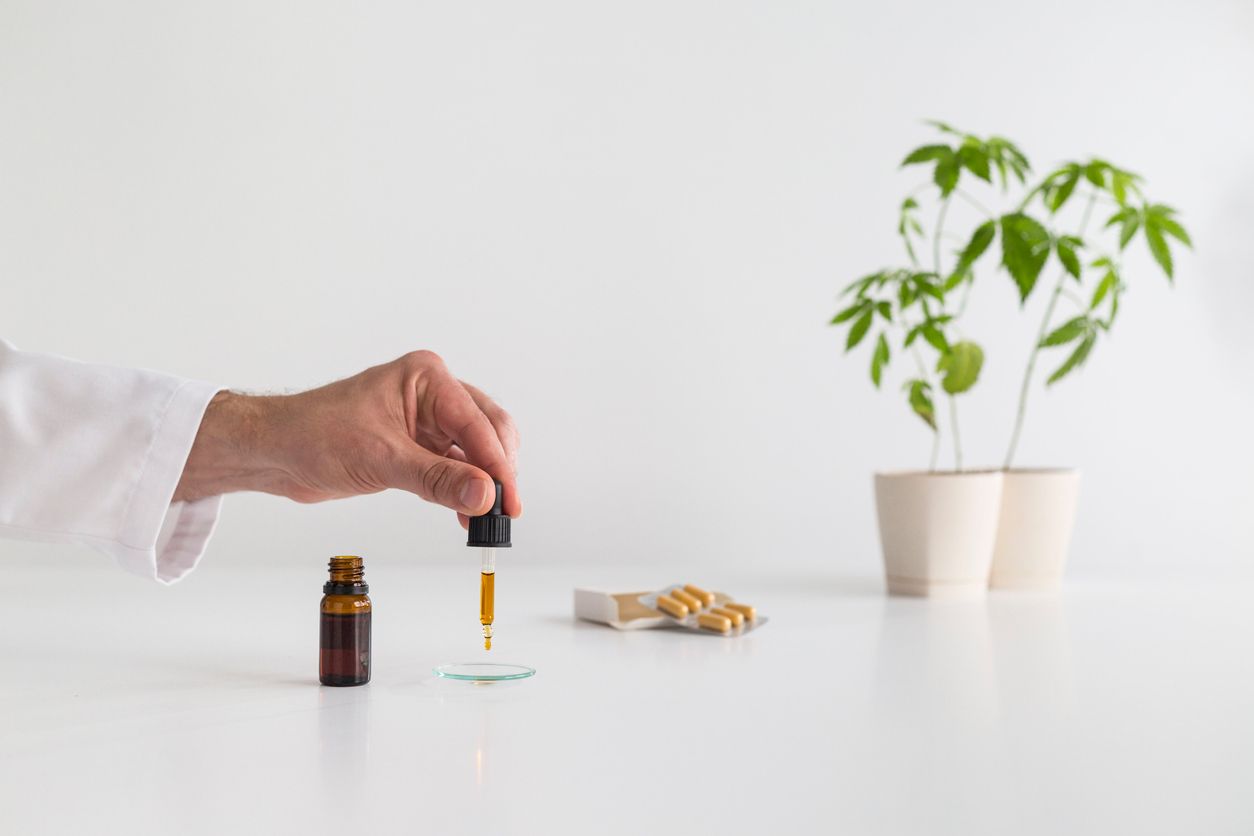
THC can be a great benefit in combating several conditions of which some are listed:
- Multiple Sclerosis
- Chronic Pain
- Inflammation
- Lessons tremors
- Help to relieve the side effects of Chemotherapy
Side effects of THC
- Fatigue
- Hunger
- Relaxation
- Reduced aggression
- Altered senses of sight, smell, and hearing
How to use THC oil
-
The most common form of administrating THC oil is by the dropper method. The same standard dose can be guaranteed. The best way is to place a few drops under the tongue. Hold the liquid under the tongue for about ten seconds. Swish the fluid around the mouth before swallowing. The taste may not be the most pleasant, however.
-
You can also ingest your weed by incorporating THC oil into your edibles. By adding THC oil to smoothies, the natural taste is hidden, but you will have the onset time delayed as it is now metabolized through the liver. Gummies are also a common form of THC edibles. The dosage can be monitored correctly and consistently when using this method.
-
Capsules filled with THC oil provide a convenient way to use THC oil for numerous conditions and experiences. This method is discreet and offers the effects of THC without having to smoke it.
-
Suppositories are now becoming an attractive and another method to experience the effects of THC. This method provides the THC to enter the bloodstream and bypass the liver. The results will be noticed much sooner than when ingesting THC through the liver.
-
Topicals are not the method if you are looking for the THC to enter your bloodstream. However, for localized, topical pain relief, this method works well for relieving affected areas. Muscle strain, skin reactions, inflammation, and swelling can all benefit from the use of topicals. Topicals are also perfect for treating, hemorrhoids, menstruation pains, migraines, arthritic pain, and back pain.
-
Vaping THC oil is a common practice for both medical and recreational use.
Dosage for THC oil benefits
- one gram of dried bud is equal to 125 mg of THC
- one milliliter of THC oil is equivalent to 25mg of THC
Some people prefer to administer the daily dose at one time, while others prefer to spread it out evenly over the day.
When starting to use THC enriched oils, it is recommended to begin with a one to five mg dose.
It is important to remember that oils that pass through the liver take longer to take effect. The dosage needs to be monitored correctly. Recommendations suggest that a go low and slow approach is the best way to ensure that the dosage is beneficial and not overwhelming.
Legal implications of THC oil
In Canada, cannabis oil, including THC oil falls under extreme regulations.
The liquid needs to be sustained in liquid form at room temperatures. The THC content is regulated, and there are limits to the amount of THC that is allowed per milliliter of the THC oil.
Canadian cannabis oils, like THC oil distributed by LP, are active and ready to provide the desired effects that are being looked for. This means they are prepared to be ingested, and there is no necessity for heating or vaporizing the THC oil.
Canadian laws regulate cannabis oil to have no added flavor or scent, to the oil. The natural flavor can often produce a floral earthy and to some a pleasant taste naturally.
Side Effects of THC oil
All compounds and agents that we introduce into our systems have the potential to produce side-effects. Some of those can be unwanted and unpleasant. Here are some of the side effects that have been noticed with THC oil use.
-
Thirst: when THC is consumed, some people find an increased need to drink some form of liquid. The term cottonmouth is often used when experiencing a dry mouth and needs for fluid to quench the thirst.
-
Drop-in blood sugars: this has been a noticed effect from some users; however, it is very short-lived.
-
Dizziness: some effects from THC have been looked upon as unsteady coordination resulting in a dizzy effect.
-
Nausea: can be experienced when there is an overindulgence of THC, this too will pass.
For help in minimizing the side-effects from using THC, it is recommended that ginger tea could be of help. The tea can help in relieving the over-anxious feelings that can overtake your thoughts when you have overindulged in products containing THC.
Types of treatment using THC oil
As we move forward with research into the types of treatment that THC is capable of being a positive addition too, we need to include:
- Seizures
- Chronic pain
- Anxiety
- Sleep
- Cancer
How to make THC oil
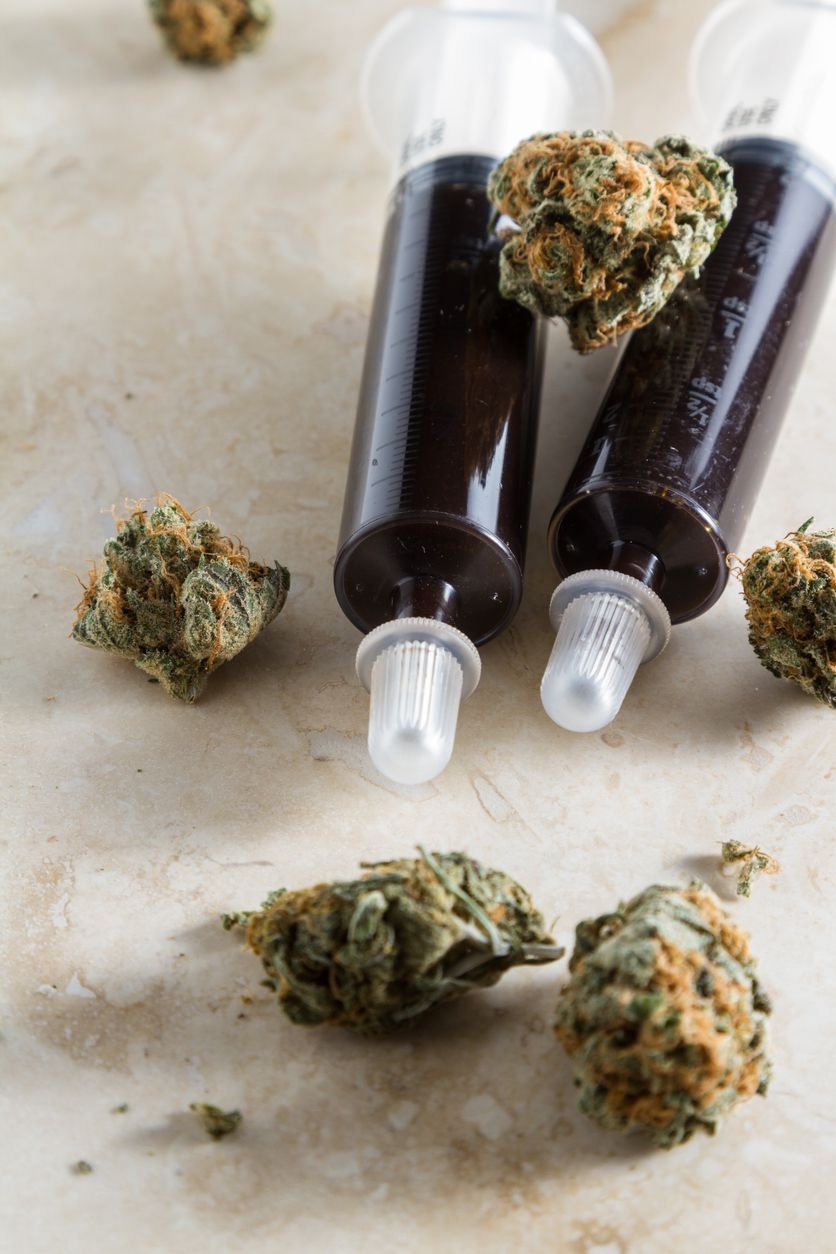
One of the most popular THC oils used to aid health concerns around cancer and other health issues is Rick Simpson oil. This oil contains high levels of THC. Rick Simpson, the cannabis activist who produced this oil, believes that one should make their personalized oil rather than purchase from a distributor. This THC oil is primarily used as a medicinal aid.
Ingredients needed:
-
99.5% Isopropyl Alcohol; you will need two gallons for each pound of cannabis. Or if you are making it on a budget and prefer a smaller amount, use 500ml or two cups of alcohol to one ounce of marijuana. For some of the better results, it is suggested that you store your alcohol in the freezer overnight.
-
Marijuana, one ounce of marijuana, should produce three or four grams of oil.
Supplies needed:
- Two large stainless-steel stockpots
- Long wooden stir stick
- Stainless steel rice cooker
- Electric fan
- Extension cord
- Coffee filters
- Plastic funnels
- Empty clean and clear plastic bottles
- Stainless steel measuring cup
- Large syringes
- Coffee warmer
Directions:
-
Place your high content THC weed perhaps Cookie Breath in the steel pot. Pour the alcohol over the weed and crush mixture with your wooden spoon for about five minutes.
-
Continue to add the alcohol till all plant matter is immersed in the alcohol. Crush and stir the mixture for another five minutes. This process is commonly called a wash. It is the action of separating the trichomes from the plant matter.
-
Now slowly begin to pour the solvent into the second pot, be careful not to transfer the plant matter.
-
The plant matter that remains in the first bucket will now be covered again with more of the chilled alcohol. Resume crushing or wash the mixture for a further six minutes. You have now completed the second wash.
-
Carefully pour the liquid into the first pan combining both amounts of liquid.
-
Allow the alcohol solvent to sit in the pot for thirty minutes.
-
Rinse out the first pan
-
Place your coffee filter inside the plastic funnel and pour your mixture into the second pot. You may need to be done several times to remove the plant matter.
-
Prepare your rice cooker by directing the electric fan at the vents on the bottom of the rice cooker. This is a safety matter and will help to ensure that the alcohol fumes do not ignite.
-
The rice cooker can be filled three-quarters of the way. Filling it any higher can result in the mixture boiling over. The following two steps are to separate the alcohol from the cannabis oil that is dissolved and to decarboxylate the cannabis oil at the same time. It is important here to maintain the temperatures to vaporize and decarboxylate properly. Vaporization point of the oil is about 300F; for the alcohol it is 181F. Decarboxylation occurs in the very low 200F about 210F. These numbers are essential so that the oil remains intact. The solvent needs to be boiled off, and the left-over oil will be decarboxylated.
-
Set your rice cooker to the highest setting to boil off the solvent. Add a couple of drops of water to the mixture, ensuring that any remaining solvent is boiled off.
-
As we are finishing the process, you will notice a crackling sound from the oil and steam will be noted escaping from the oil.
-
Let the cannaoil mixture cool for about five minutes.
-
Use your syringes to hold and store the oil. Store the oil in the cool dark place till needed.
How to make THC Vape juice
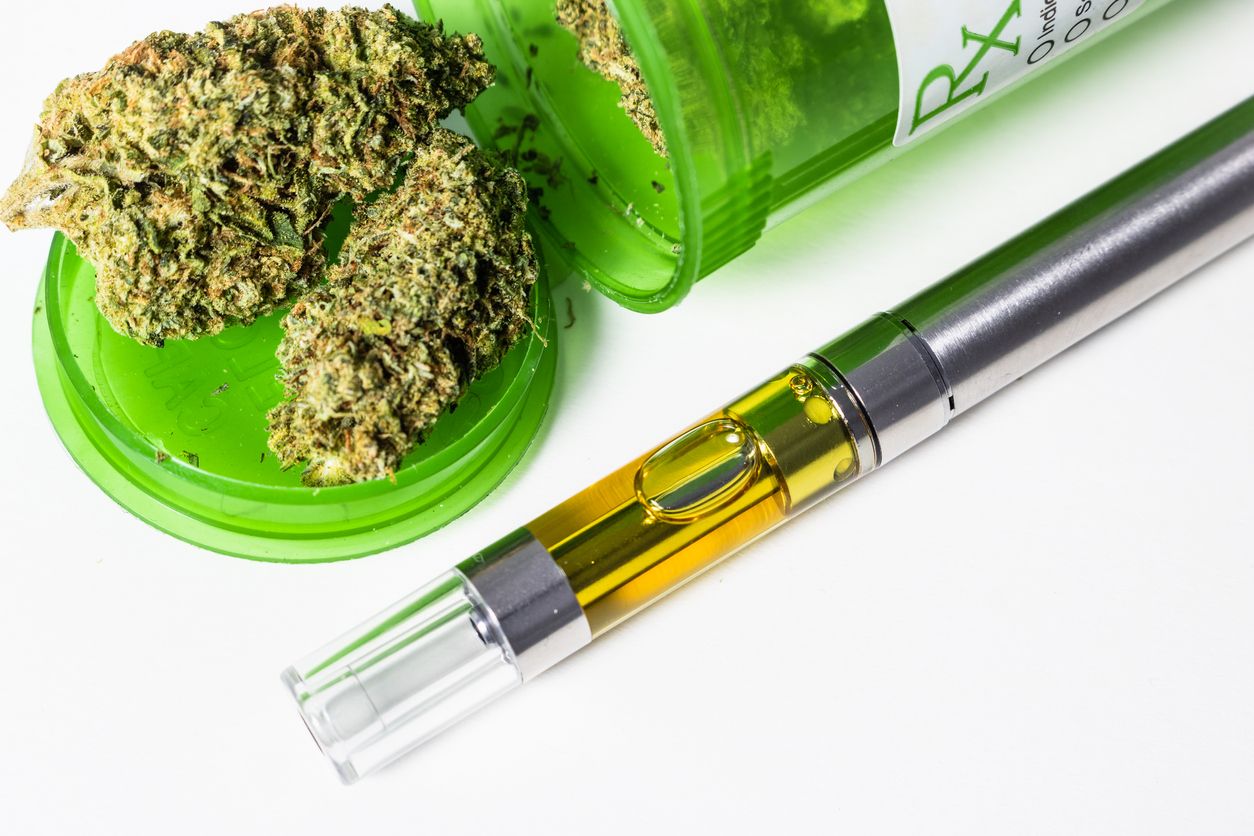
Equipment needed:
- Cheesecloth
- One large pot
- Rubber gloves
- Blunt tip syringes
- Glass bowl
- Stove
- Wooden spoon for stirring
Ingredients
-
Six grams of high-quality Cookie Breath bud that has been decarboxylated (activated by low heat)
-
Propylene Glycol
-
High proof grain alcohol
Directions:
-
Place the decarboxylated weed into the mason jars and cover with the alcohol
-
To you pot add four inches of water and place mason jars in the pot. Boil water keep it at a low boil while stirring the weed in the jars. Continue to stir bud till it changes color becoming darker. Now you can remove the pot from the stove and let it cool.
-
We now will strain the mixture using our cheesecloth to remove any plant matter that is in the fluid. Cover the second mason jar with the cheesecloth and pour letting the cloth catch any buds. The bud will be wet. Squeeze out any moisture left in but with the cheesecloth help. You should have a beautiful brown liquid.
-
Take your jar that is filled with the liquid and alcohol add a drop of water and put the jar back into the pot with the boiling water. You will boil this mixture till there is about five ML of liquid in the bottom of the jar. You will now add your twenty MG of Propylene Glycol to your mason jar. Remove the jar from the pot. Using the blunt syringe extract the liquid from the mason jar and store it in your dropper bottles.
-
You will now have about twenty-five ML of THC oil ready for you to enjoy immediately.
THC oil can be used as medicine or for recreational needs. However, you choose to use it, remember to be responsible and enjoy yourself!

